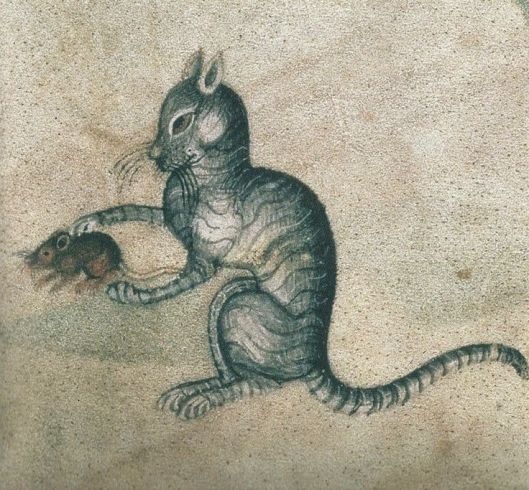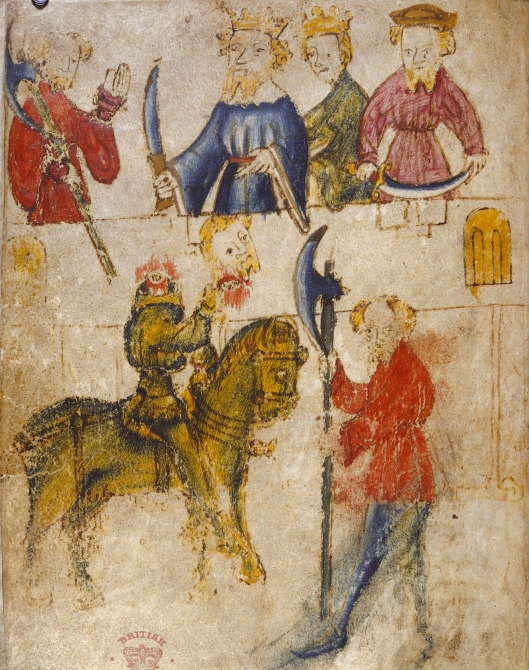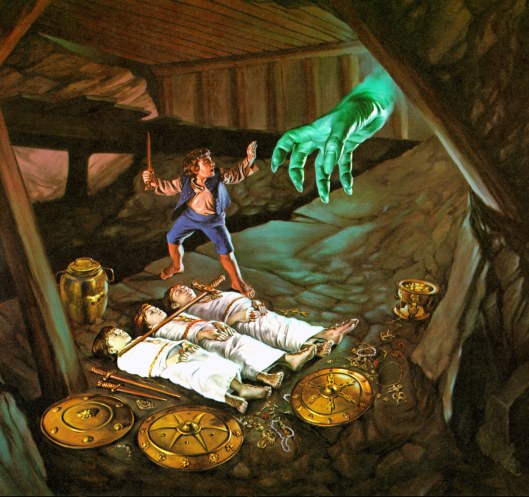Tags
Gandalf, Grima, Harry Potter, Isengard, Istari, Mini-Me, Mirkwood, Necromancer, Ornthanc, Palantir, power, Rings of Power, Rohan, Saruman, Sauron, The Council of Elrond, The Hobbit, The Lord of the Rings, Theoden, Tolkien, Voldemort, White Council, Wormtongue
Welcome, dear readers, as ever.
Some time ago, we did a post on Saruman as a “Mini-Me” version of Sauron

but, since that time, one of us has used The Hobbit in a class. Mirkwood

and the Necromancer

came up and we began to think about him again, this time to consider his strategy: how long has he been planning something and what might be the elements within that plan?

Although there is no hard evidence for just how long Saruman has been at work, it seems like his scheme has been under construction for at least 80 years. We base that upon Gandalf’s description of the White Council’s meeting on the subject of Sauron and what to do when it’s discovered that he is in Dol Guldur, calling himself the Necromancer:
“Some, too, will remember also that Saruman dissuaded us from open deeds against him, and for long we watched him only. Yet at last, as his shadow grew, Saruman yielded and the Council put forth its strength and drove the evil out of Mirkwood and that was in the very year of finding this Ring…”
(The Fellowship of the Ring, Book One, Chapter 2, “The Council of Elrond”)
Almost 80 years before the story of Bilbo and the Ring, then, it appears that one element in Saruman’s plot was shielding Sauron—a fact clearly not lost on Treebeard:
“He was chosen to be the head of the White Council, they say; but that did not turn out too well. I wonder now if even then Saruman was not turning to evil ways.”
(The Two Towers, Book Three, Chapter 4, “Treebeard”)
From something Saruman says to Gandalf we might guess the obvious reason for helping Sauron to escape action by the White Council:
“A new Power is rising. Against it the old allies and policies will not avail us at all. There is no hope left in Elves and dying Numenor. This then is one choice before you, before us. We may join with that Power. It would be wise, Gandalf. There is hope that way. Its victory is at hand; and there will be rich reward for those that aided it.”
(The Fellowship of the Ring, Book One, Chapter 2, “The Council of Elrond”)
But being a lackey to that Power is not quite his ultimate design, as we see:
“As the Power grows, its proved friends will also grow; and the Wise, such as you and I, may with patience come at last to direct its courses, to control it. We can bide our time, we can keep our thoughts in our hearts, deploring maybe evils done by the way, but approving the high and ultimate purpose: Knowledge, Rule, Order; all the things that we have so far striven in vain to accomplish…”
As is well-known, Saruman, as one of the Istari, was sent into Middle-earth as a counter to Sauron, not as an ally, and their purpose was:
“…coming in shapes weak and humble were bidden to advise and persuade Men and Elves to good and to seek to unite in love and understanding all those whom Sauron, should he come again, would endeavor to dominate and corrupt.”
(Unfinished Tales, 406)
Knowledge, yes, but Rule and Order? Emphatically not! But if that Power (and we note that even Saruman won’t just come out and say “Sauron” at this point, rather like the use of “He Who Must Not Be Named” in the Harry Potter books)

can be used as a tool in Saruman’s hands—which may show us one element in his grand design.
First, however, it would seem that he needed a base. As Treebeard tells Merry and Pippin:
“He gave up wandering about and minding the affairs of Men and Elves, some time ago—you would call it a very long time ago; and he settled down at Angrenost, or Isengard as the Men of Rohan call it.”
(The Two Towers, Book Three, Chapter 4, “Treebeard”)

Saruman even then was already thinking of something, though the purpose was intentionally shrouded:
“There was a time when he was always walking about in my woods. He was polite in those days, always asking my leave…and always eager to listen. I told him many things that he would never have found out by himself; but he never repaid me in like kind. I cannot remember that he ever told me anything. And he got more like that; his face, as I remember it…became like windows in a stone wall: windows with shutters inside.”
Although he was powerful, Saruman needed allies—or, rather, servants—and he wasn’t too particular who or what they were:
“He has taken up with foul folk, with the Orcs…Worse than that: he has been doing something to them; something dangerous. For these Isengarders are more like wicked Men. It is a mark of evil things that came in the Great Darkness that they cannot abide the Sun; but Saruman’s Orcs can endure it, even if they hate it. I wonder what he has done? Are they Men he has ruined, or has he blended the races of Orcs and Men? That would be a black evil!”
With the help of these servants, Saruman has turned his base into a factory and storehouse for his scheme, as Gandalf says:
“…it had once been green and fair, it was now filled with pits and forges. Wolves and orcs were housed in Isengard, for Saruman was mustering a great force on his own account, in rivalry of Sauron and not in his service, yet.”
(The Fellowship of the Ring, Book One, Chapter 2, “The Council of Elrond”)
In fact, it would appear from what Saruman has told Gandalf, that he actually never intends to offer his service to Sauron.
From his base, he has been extending his own power into Rohan, in the south. In his encounter with Aragon and his companions, Eomer says:
“But at this time our chief concern is with Saruman. He has claimed lordship over all this land, and there has been war between us for many months. He has taken Orcs into his service, and Wolf-riders, and evil Men, and he has closed the Gap against us, so that we are likely to be beset both east and west.”
(The Two Towers, Book Three, Chapter 2, “The Riders of Rohan”)
His attacks aren’t always military and Eomer hints at another possibility:
“His spies slip through every net, and his birds of ill omen are abroad in the sky. I do not know how it will all end, and my heart misgives me; for it seems to me that his friends do not all dwell in Isengard. But if you come to the king’s house, you shall see for yourself.”
We know that this is “fifth-column” work—Grima Worm-tongue, who has been slowly poisoning King Theoden with defeatism.

And now we can see, in broad outline, what Saruman is up to:
- establish a base
- recruit an army
- build up an intelligence network (birds, spies, even wandering himself to pick up information)
- use your strength to expand power into the next land, Rohan
- at the same time undercut the King of Rohan’s ability to resist by subversive methods
So far, so good, as long as all that Saruman wants is to be the ruler of the land south of the Gap of Rohan and north of Gondor, but we’ve already seen that he’s more ambitious yet, suggesting to Gandalf that they—really he, as Gandalf knows—can take over that unnamed Power and use it for their—his– purposes, Knowledge, Rule, Order. When he sees that Gandalf is unconvinced, Saruman lets slip the capstone of his scheme:
“Well, I see that this wise course does not commend itself to you…Not yet? Not if some better way can be contrived?…And why not, Gandalf? Why not? The Ruling Ring? It we could command that, then the Power would pass to us.”
And here is the real heart of Saruman’s design: to obtain the One Ring.
He has been searching for it for a long time, even traveling to Minas Tirith to examine ancient records.
“In former days the members of my order had been well received there,” says Gandalf to the Council of Elrond, “but Saruman most of all. Often he had been for long the guest of the Lords of the City.”
His purpose is now easy to guess.
Gandalf had been aware that Saruman had seemed to know a great deal about the Ring, even to its appearance, as Saruman had said to the White Council:
“The Nine, the Seven, and the Three had each their proper gem. Not so the One. It was round and unadorned, as it were one of the lesser rings; but the maker set marks upon it that the skilled, maybe, could still see and read.”
How had Saruman known that since, as Gandalf says, “What those marks were he had not said. Who now would know? The maker. And Saruman? But great though his lore may be, it must have a source. What hand save Sauron’s ever held this thing, ere it was lost? The hand of Isildur alone.”
Gandalf discovers the truth of this in the dusty records of Gondor:
“…there lies in Minas Tirith still, unread, I guess, by any save Saruman and myself since the kings failed, a scroll that Isildur made himself.”
And, with the discovery and reading of that scroll, Gandalf knows not only about much more about the Ring, but how Saruman knew about its appearance and now, in Orthanc, pressed by Saruman to join him, he understands the last element in Saruman’s design—and also why Saruman has summoned him:
“That is in truth why I brought you here. For I have many eyes in my service, and I believe you know where this precious thing now lies. Is it not so? Or why do the Nine ask for the Shire, and what is your business there?”
So here, lacking only one element, the real element under all, is Saruman’s long plan—but lacking “this precious thing” (a telling phrase!), we will see how successful the rest will be. Treebeard has said of him,
“He has a mind of metal and wheels; and he does not care for growing things, except as far as they serve him for the moment.”
What will happen when, without the Ring, Saruman will find that growing things, instead of serving him for the moment, might unseat him forever?

As always, thanks for reading!
MTCIDC
CD















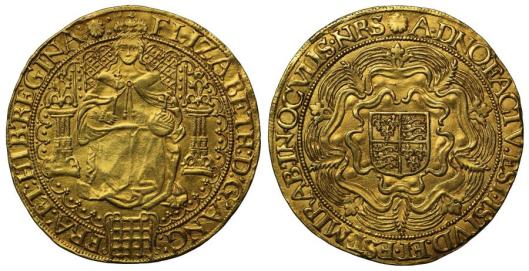

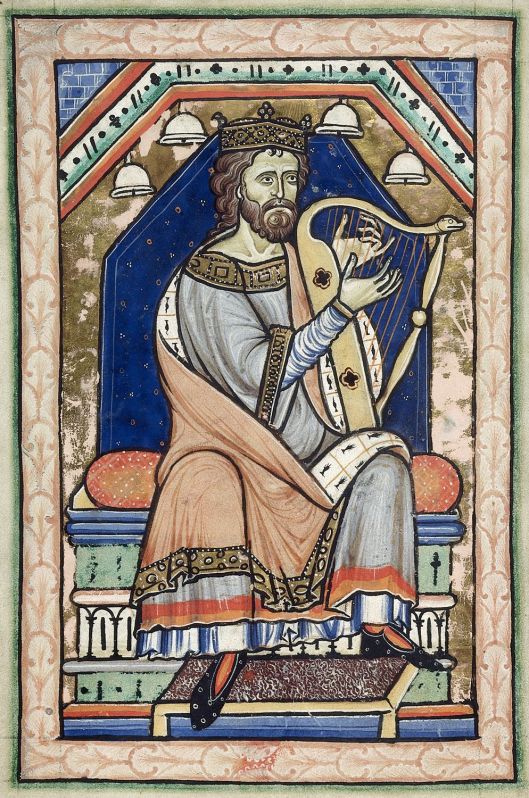





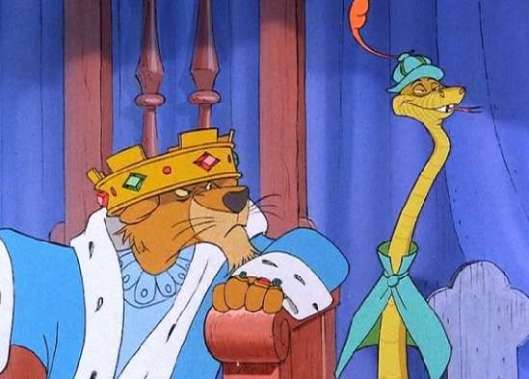





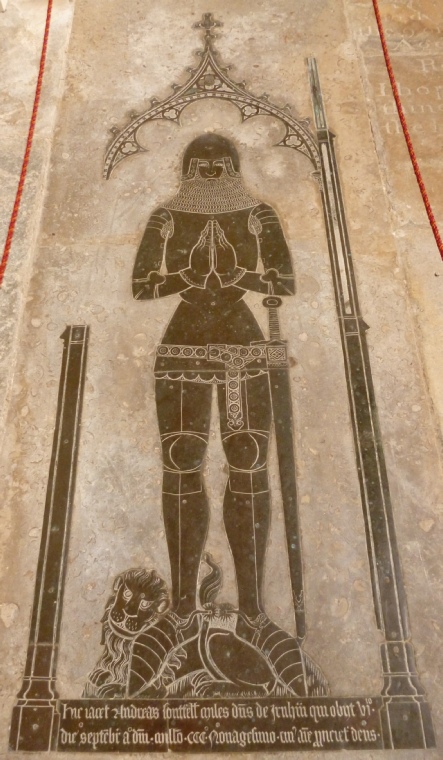


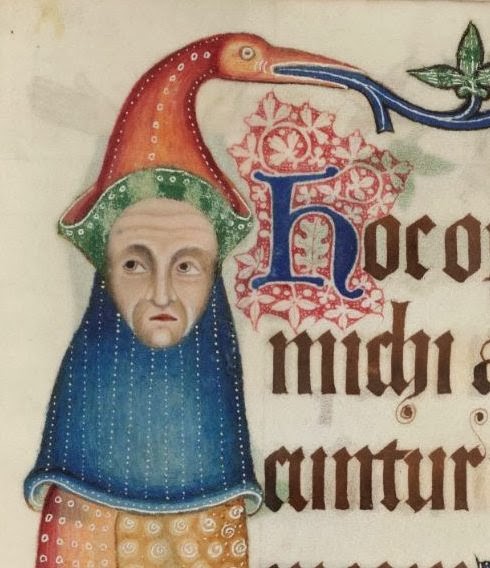


 or how the grain is raised and processed to get to the mills
or how the grain is raised and processed to get to the mills


